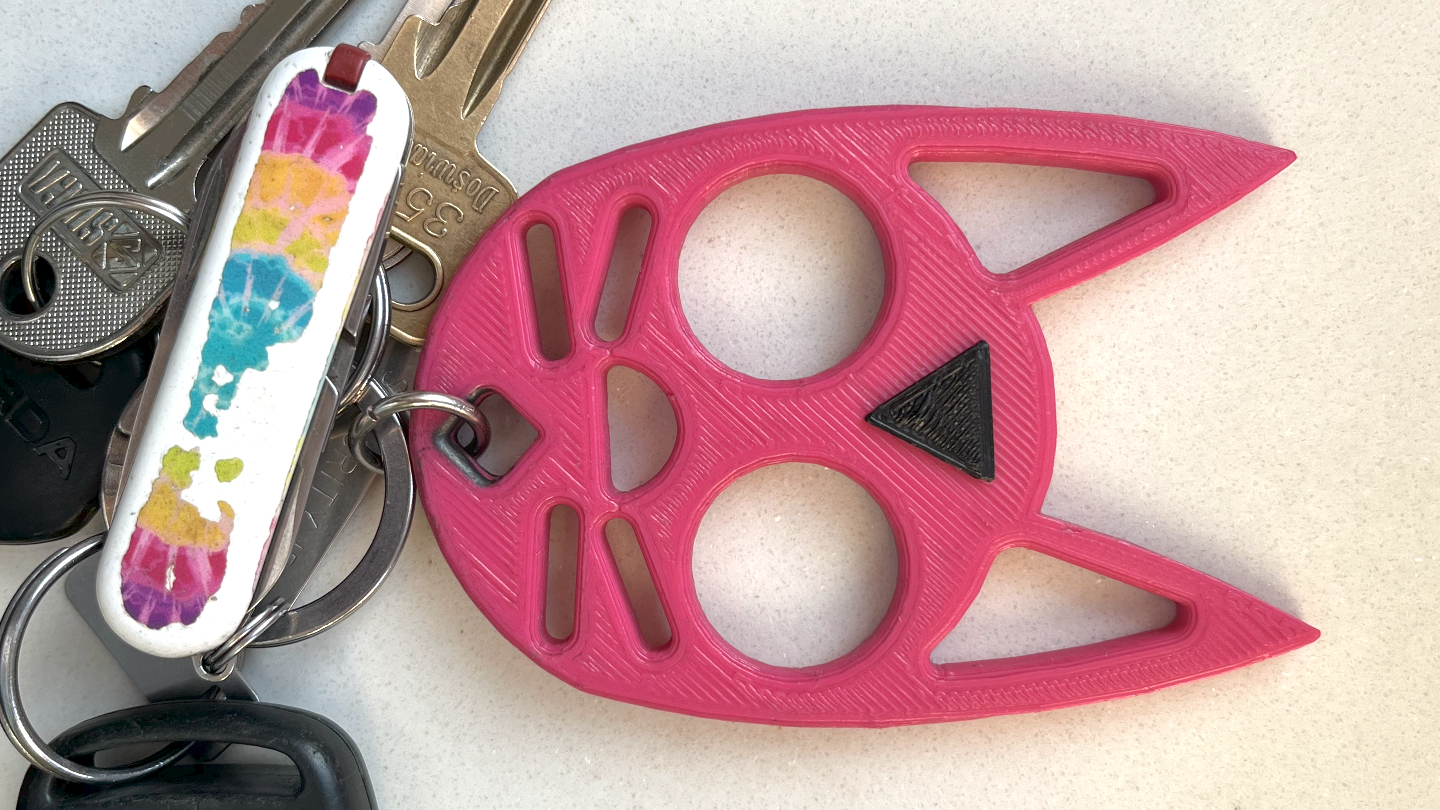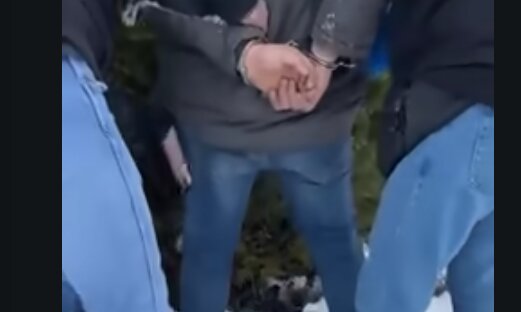from the erstwhile post:
"search" on voters' elections has been conducted for a long time, here an example from my blog of 2022
I had already had comments on the work on this web page, the authors' answers to my queries were stacked, full of enthusiastic commitment and suggesting - no arguments, and besides those defending the authors of the web page joined the discussion.
I don't know if it's relevant, but I remind you.
By the way, I went back to the subject and wrote down any fresh insights...
Now I just noticed that the map from fb: Geographically - political atlas of Poland Corresponds to German maps - see: German school maps from 1950 to 1970 and "Ukrainian" from the Internet:
Actually, it's almost copy - paste from the 1961 German map
- the colors are very similar, the same pattern of deployment - Earths recovered blue,
- Western colors match western, northern to northern, and confederate to confederate and so on:
- where the yellow border with Germany, where "Poland" has yellower colors, both in the west, north and south
- the border with the USSR is warm brown. Mamel) and specified colour is more or little "Poland" central - "mazowsze" and "small Polish northern" and e.g. "podlase of the north" and "western"
- I'm sorry. not described The dark place over the Green Mountain is like the equivalent of the dark place of BERLIN, likewise the dark place of "Western Pomerania" - this is what left of Stettin
- but the form of "Western Pomerania" reminds me of the ranged section from Marienwerder to Elbing including the Vistula and Nogat Delta
- Allenstein is simply a dark place of Warmia
- covered Oberślesień is like a "central Silesian" whose green colour resembles the colour of confederate Germany - see the left side of the German map

- "Eastern mail" precisely reproduces territorial German claims
- the red colour of the border on the German map has a purple shade - this is the effect of applying red dye to blue - and purple are the limits on the "Polish" map; purple colour is simply a mixture of red and blue
- "borders" are rather closely reproduced, even the green dotted line at the bottom of the map,
- northern border "Central-East Galicia" plays the Austro-Hungarian border of 1914
- the brown colour of the Czechoslovakian border has the equivalent in colours: "Silesian Southern", "Eastern Silesian", "South Galicia" and "Middle Eastern"
- "North Galicia" and its yellow stain optically correspond with the yellow place left of Krakau, where date 1921, but...
- "North Galicia" territorially it is virtually the area between Vistula and Krakau, and the boundary from the green interrupted line to the north
- and these unusual incomprehensible "steps" on the right is simply a camouflaged "direction"
I am inactive puzzled by the unusual east border of the "Eastern Poland", which does not coincide in any way with the boundaries of the districts - how did this happen, how did the authors estimation that there were changing "political borders"?
The boundaries of the districts in the vast majority coincide with the borders set in the mediate Ages - according to them there were centuries-old spiritual or political divisions - so why abruptly the border in the mediate of the district?
And especially these unusual "macks" reaching east, which match a small "south end of Poland" where Uskrzyki... why specified a thing????
Huh?
This reminds me a small bit... and I'll show you on the map.

Similar?
What about here?
similar colour palette at the interface of 3 borders

Coincidence?
Right Eye: I call on my fellow countrymen to look into their eyes and realize what this game is about.
Right Eye: Elections - Romania for Poland?
Right Eye: An impasse
Right Eye: Geographical-political atlas of Poland
Right Eye: German school maps from 1950 to 1970
forum.discovery.pl/topic/664428-Polish-problem-with-Ukrainian-nationalists-oun-upa/page/4/

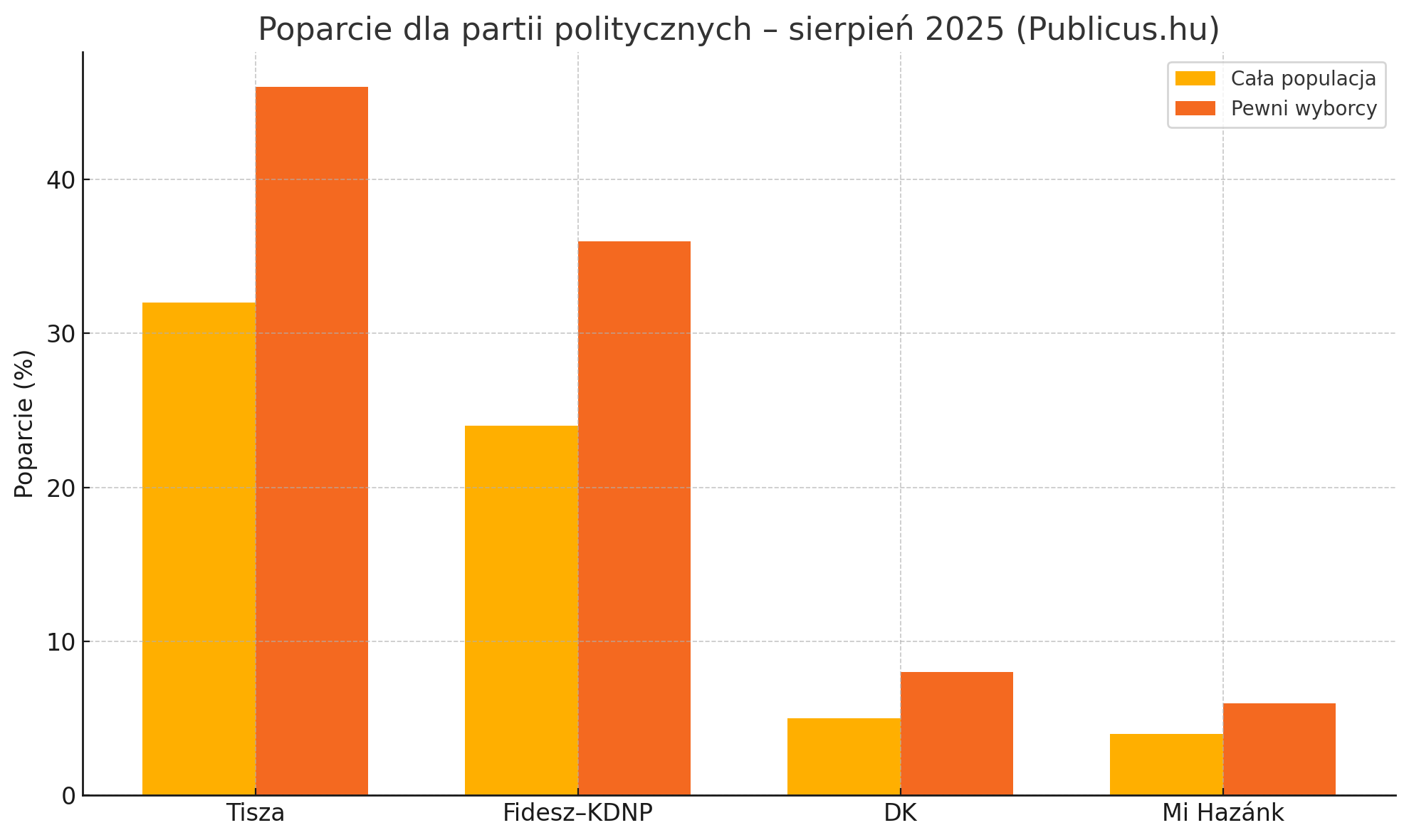


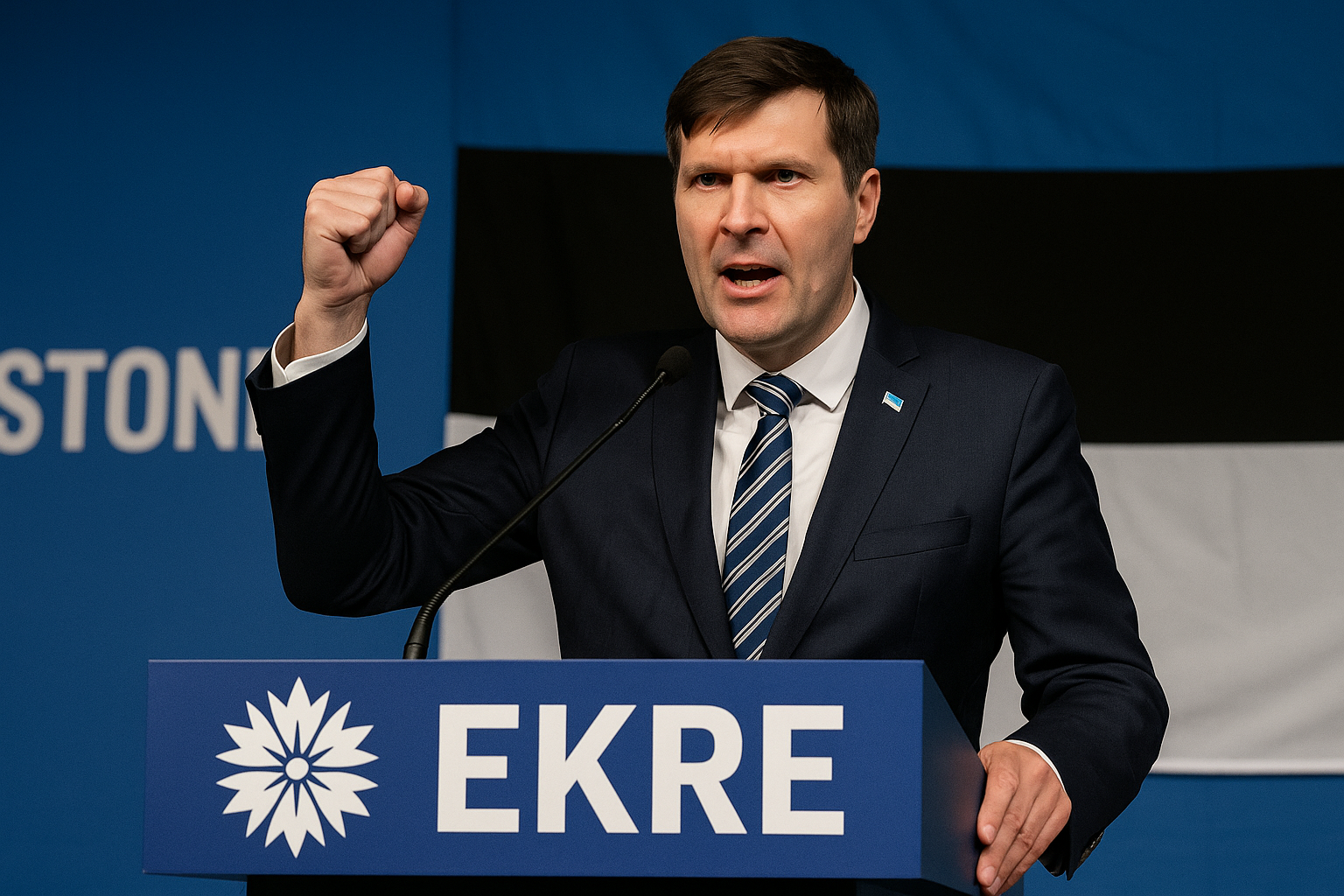
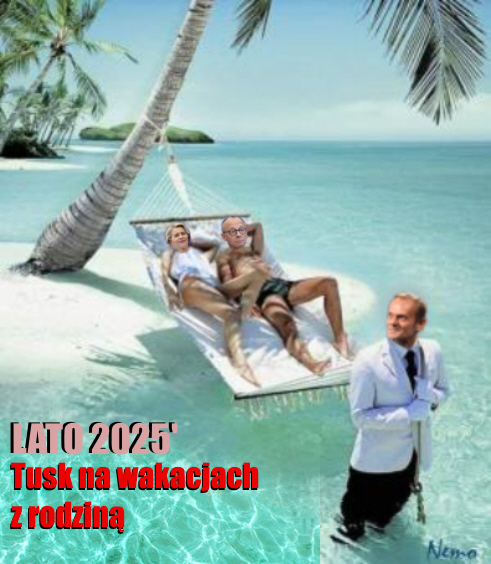
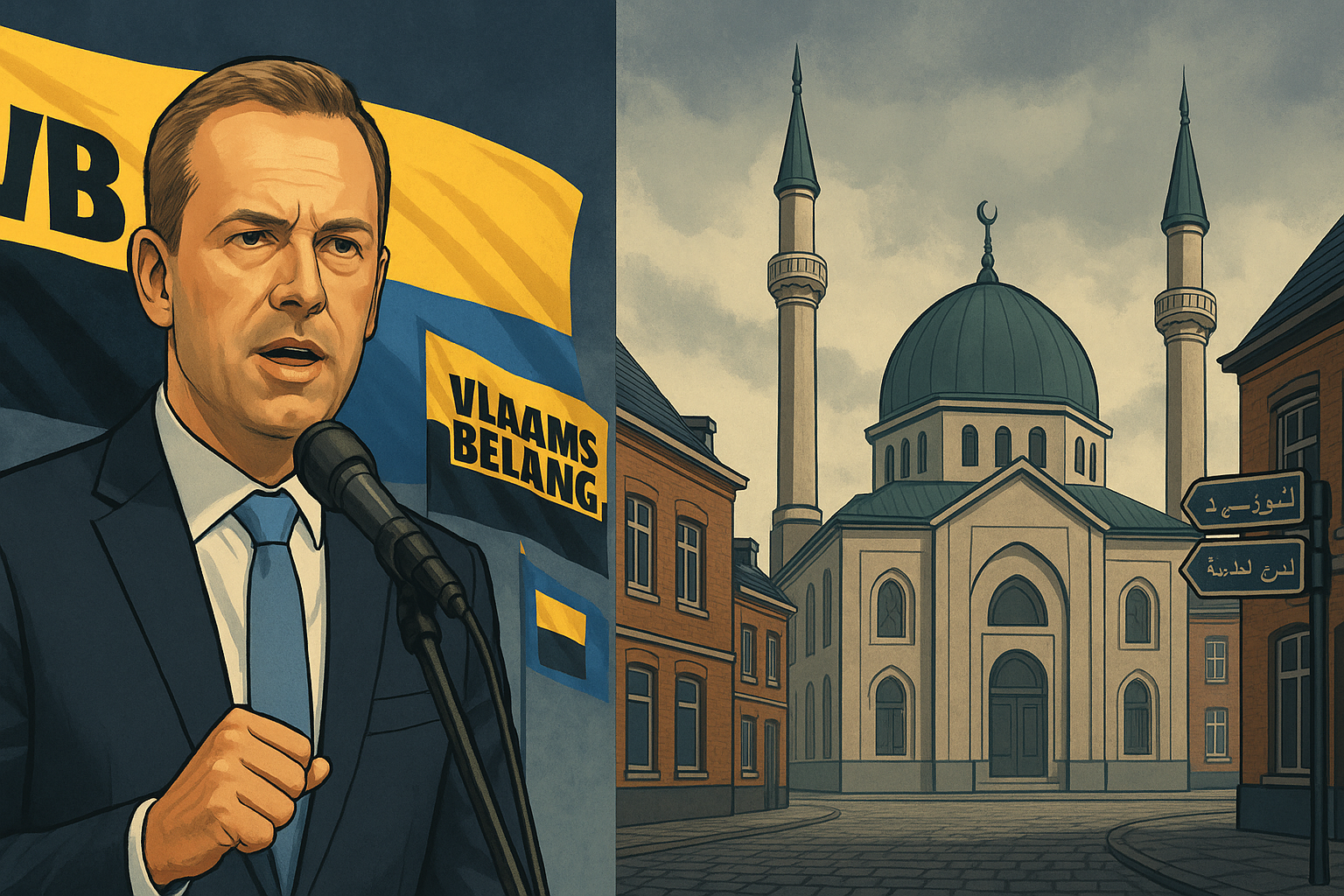


![A gdyby śmierci nie było? [o „Trzecim królestwie” Knausgårda]](https://krytykapolityczna.pl/wp-content/uploads/2025/07/Szablon-rozmiaru-obrazkow-na-strone-2.png)



